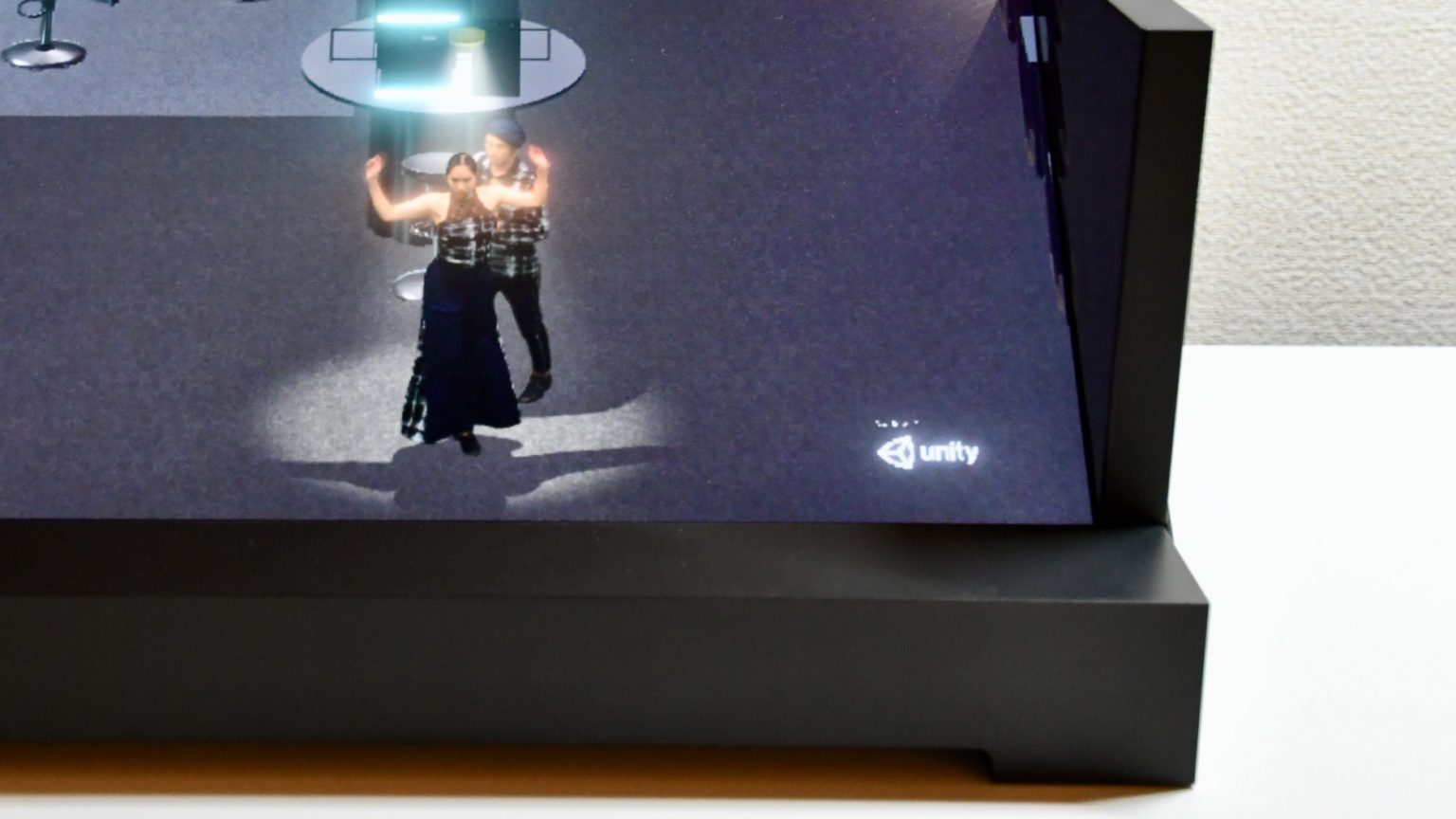
Sony: Realizing “Princess Leia Hologram”: Display ELF-SR
October 31, 2020
Spatial Reality Display:
Spatial Reality Display ELF-SR1 released by Sony.
It realizes the hologram drawn in the science fiction movie.
Moreover, higher definition.
I was impressed by actually touching ELF-SR at the experience meeting for the media.
Greatness of three-dimensional expression:
Let me tell you the “greatness of 3D expression” that I learned by actually experiencing it.
Exhibited at Sony Store Ginza:
ELF-SR1 is on display at Sony Showroom / Sony Store Ginza.
(Scheduled to be exhibited at other Sony stores)
If you have moved your index finger, please experience it.
You probably can’t take your eyes off the display.
Realistic depth, texture, appearance:
You can see three-dimensional spatial images with the naked eye without using special glasses or headsets.
No setting required. Just let the display recognize your face
Images can be viewed according to changes in viewpoint regardless of the viewing angle of the display.
You can see 3D images from left and right, up and down, back and front, from any angle you like.
High resolution and clearly recognizable texture
https://news.denfaminicogamer.jp/kikakuthetower/201116a
One step forward to “Princess Leia’s hologram”
Succeeded in projecting color 3D video with laser light
Japan’s pioneering research
According to Nature’s article
AIST,
Burton,
Keio University,
It is said that it was inspired by the “real image 3D display” through joint research.With this method,
Focus the laser beam in space
The air near the focal point is turned into plasma and emitted,
It is a mechanism to display a 3D image composed of dots of light in the air (AIST announcement)
Newsweek Japan version
https://www.newsweekjapan.jp/stories/world/2018/01/post-9410.php
AIST: Three-dimensional (3D) images that emerge in the air
https://www.aist.go.jp/aist_j/press_release/pr2006/pr20060207/pr20060207.html
Physicists create Star Wars-style 3D projections — just don’t call them holograms
The technique, described in Nature on 24 January1, works more like a high-speed Etch a Sketch:
it uses forces conveyed by a set of near-invisible laser beams to trap a single particle — of a plant fibre called cellulose — and heat it unevenly.
That allows researchers to push and pull the cellulose around.
A second set of lasers projects visible light — red, green and blue — onto the particle, illuminating it as it moves through space.
Humans cannot discern images at rates faster than around 10 per second, so if the particle is moved fast enough, its trajectory appears as a solid line — like a sparkler moving in the dark.
And if the image changes quickly enough, it seems to move.
The display can be overlaid on real objects and viewers can walk around it in real space.